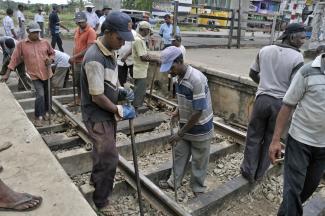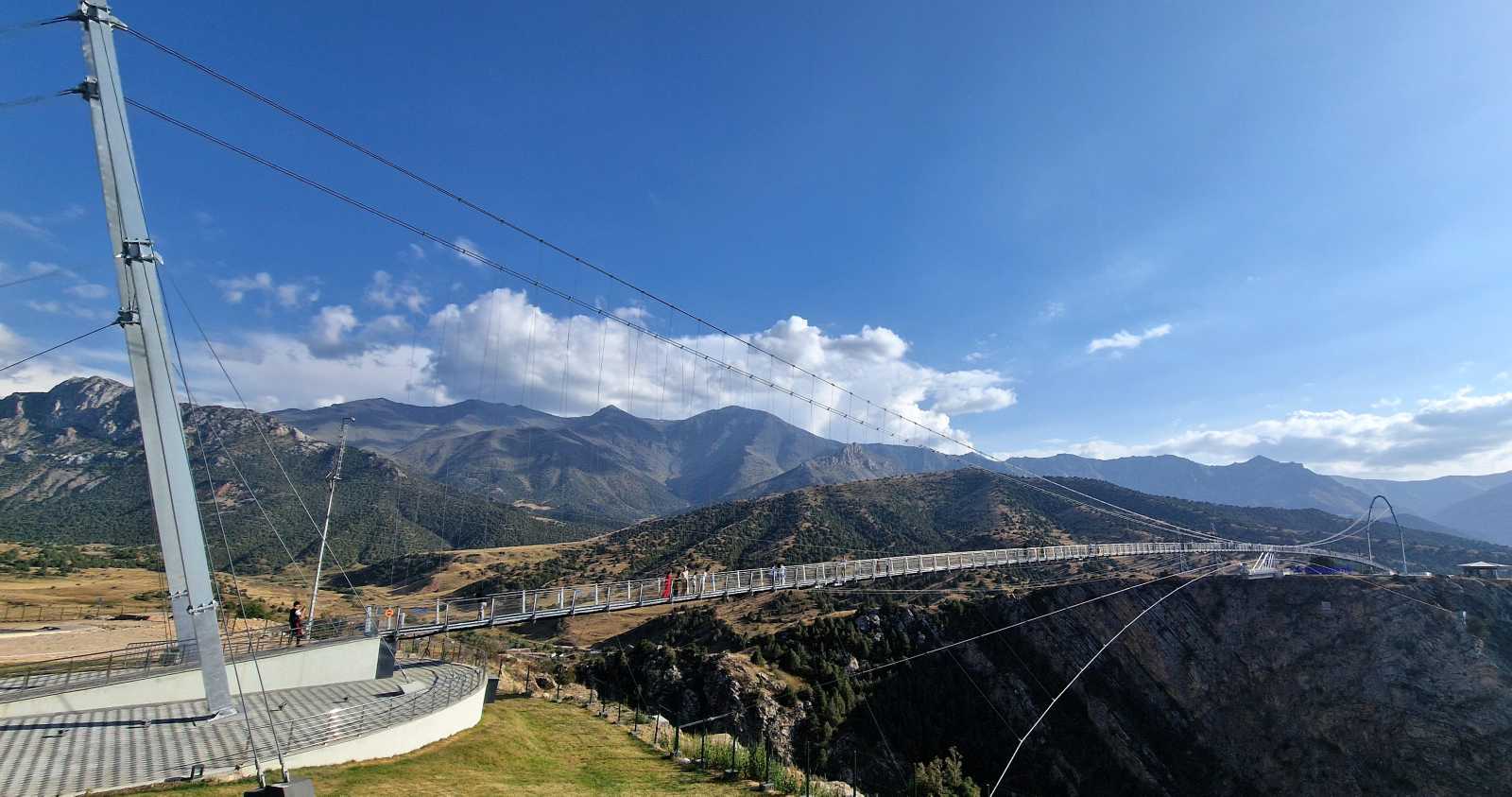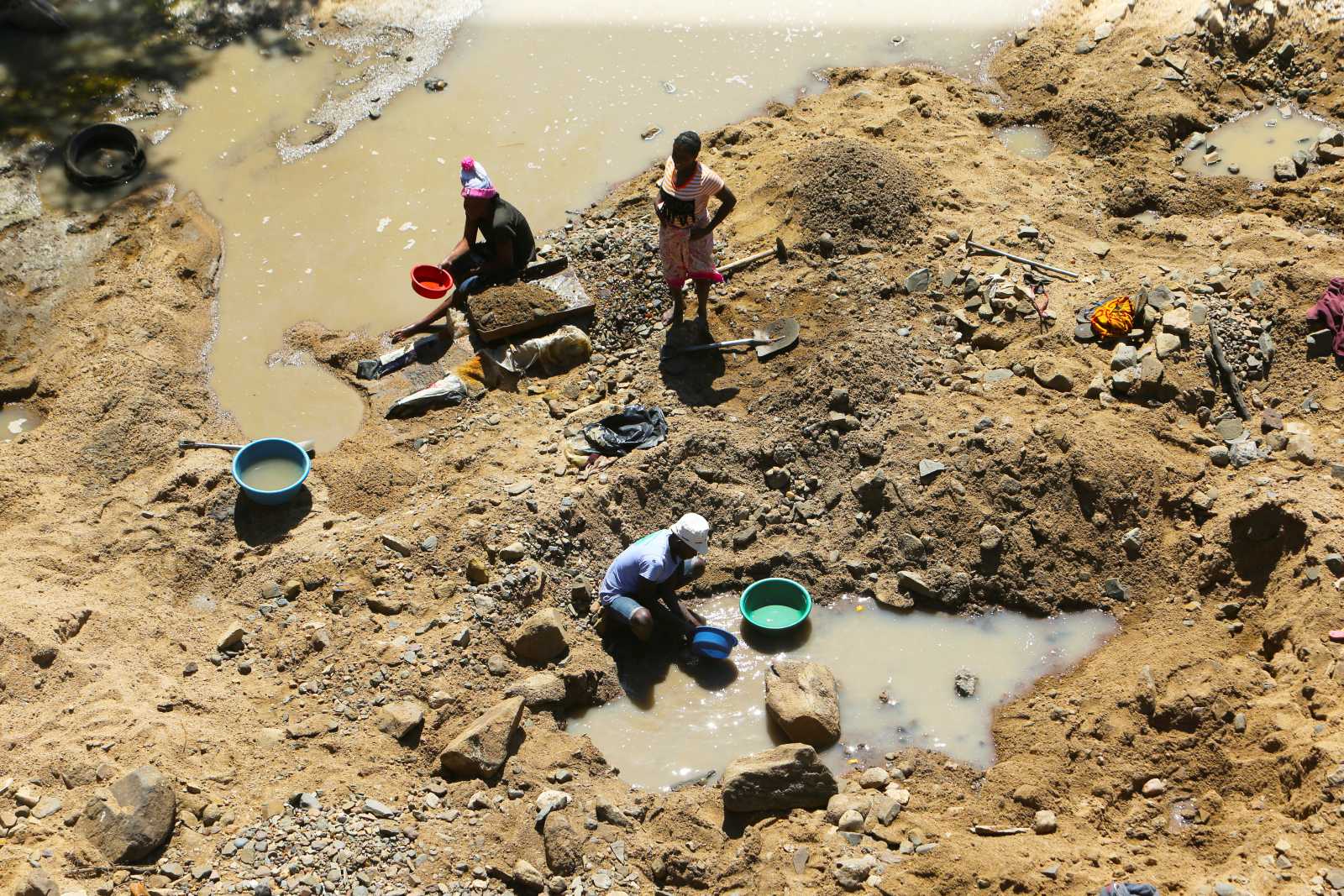Energy
Low-cost climate protection

South Asia is particularly vulnerable to climate change, warns the recent ADB publication “Economics of reducing greenhouse gas emissions in South Asia”. Risks result from melting Himalayan glaciers, the rising sea level and ever more frequent cyclones. As this world region is quite poor, the authors argue, it needs fast economic growth. For that purpose, the five countries assessed in the report (Bangladesh, Nepal, Bhutan, Sri Lanka and the Maldives) will require energy.
The authors estimate that these countries’ energy consumption will increase threefold from 2005 to 2030, so carbon emissions might equally increase threefold. Power generation, industry and transport are the sectors that cause the most emissions so far, the study states. It recommends shifting to more environment-friendly energy sources and boosting energy efficiency without, however, hampering economic development. According to the ADB experts, carbon taxes would make sense and could contribute to reducing Bangladesh’s climate-relevant emissions by almost 10 % and those of Sri Lanka by more than 20 %. Matters are different in Bhutan and Nepal, the study points out, because these countries basically rely on biomass and water power. In the Maldives, a carbon tax would not make much difference because renewable energy sources are hardly applicable there, the authors argue.
Nonetheless, the tax approach could lead to reducing the five countries’ use of coal by two thirds and that of oil by 2.1 %, according to ADB data. The tax would be an incentive to switch to climate-friendly energy sources, among which the report lists natural gas, water and wind, biomass, nuclear power and up-to-date waste management. Solar appliances make sense for private homes and public buildings, they state. The experts emphasise that there are inexpensive ways to generate climate-friendly energy, so great investments are not needed.
To save energy, moreover, they recommend efficient light bulbs and air conditioning, as well as efficient electric motors in industry and agriculture. To reduce road traffic, they want railways to transport more goods. Thanks to such approaches, the five countries could reduce carbon emissions by up to 12 million tons by the year 2020 without huge investments, the ADB experts believe. They are in favour of “no regret” measures with few downsides and great impact. In their view, it is promising to set up cost-efficient and income-generating waste management systems in urban areas as well as to power irrigation pumps in rural areas with solar panels.
The authors insist that investments in new technology must not be costly. Investments should be done with an eye to creating new economic opportunities and reaping multiple benefits such as the reduction of other harmful emissions apart from greenhouse gases.
Whether low-carbon growth is achieved depends on policy-makers’ decisions, as the study makes clear. Subsidies for fossil fuels, for instance, are considered obstacles to change. Relevant issues include the development of new technologies and financing for up-to-date solutions. Sharing knowledge and experience internationally, the authors state, should help to promote low-carbon growth in South Asia.







